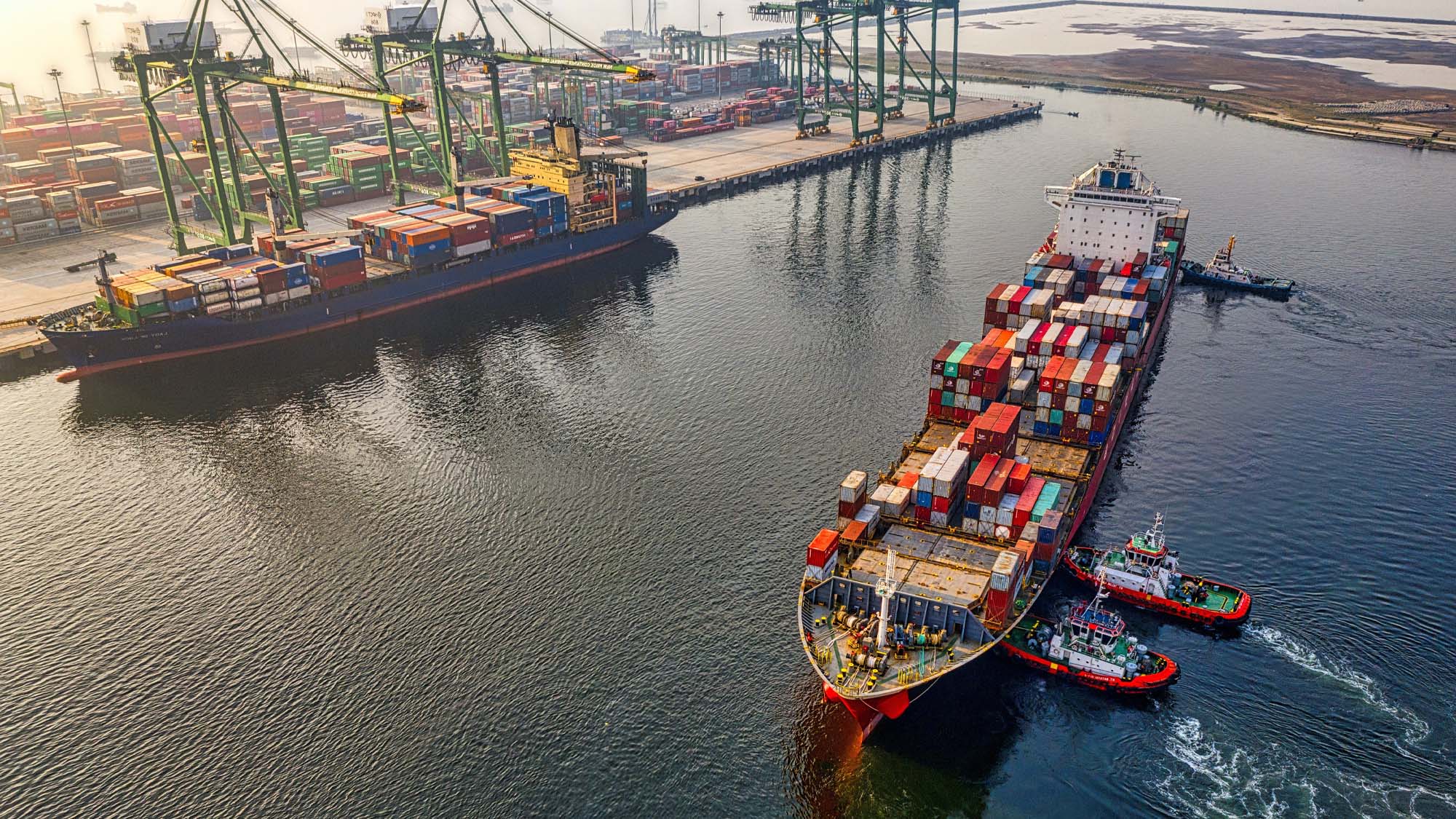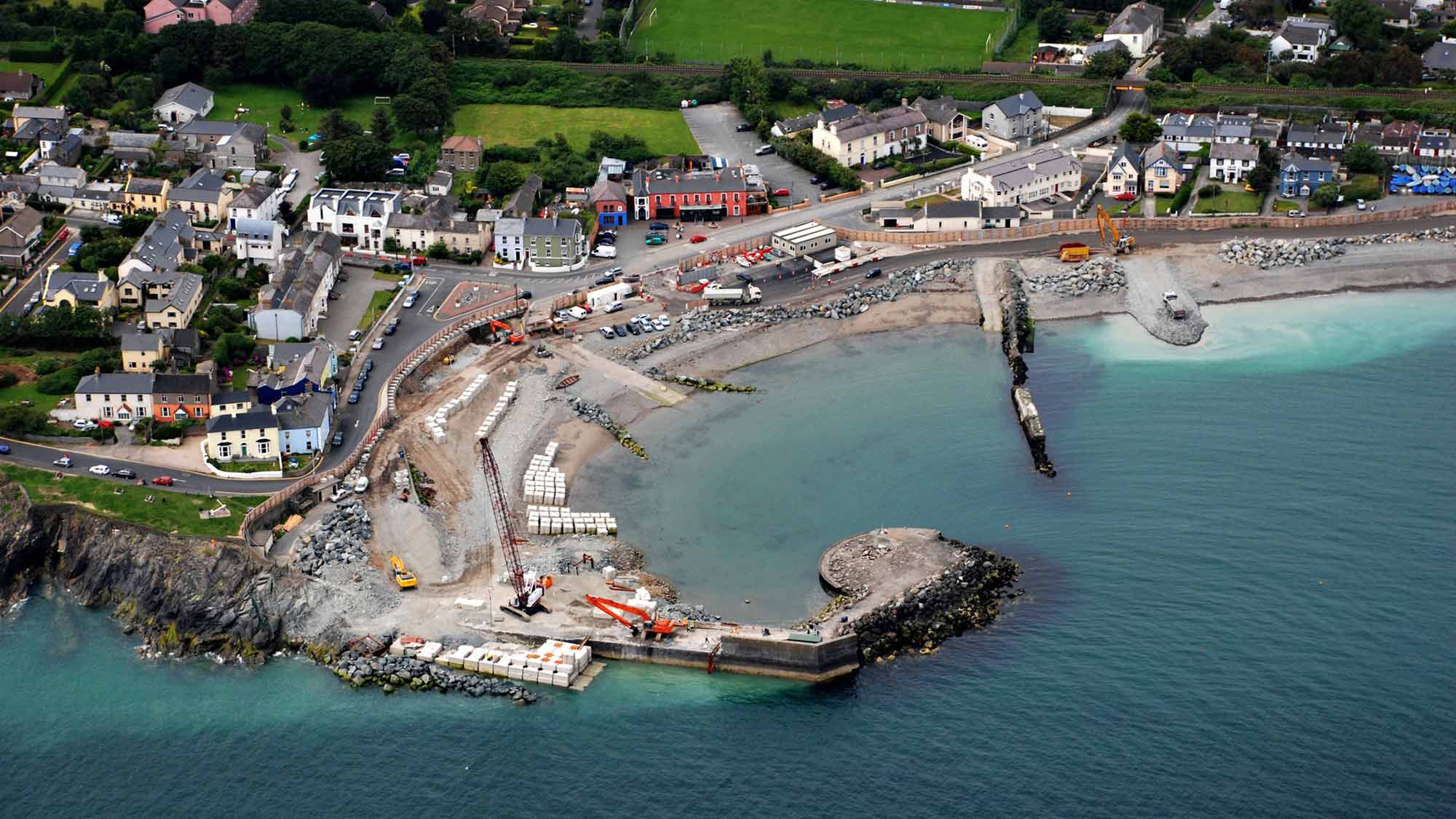Climate action is shaping the future of maritime transport. Ports are at the heart of this challenge. They will connect zero carbon ships with new energy supply, enable energy efficient transport of freight and people, and provide clean power to land-based transport, becoming energy hubs of the future.
Realising zero emission shipping will require considerable investment in new energy generation and fuel production infrastructure. All of this requires holistic planning, innovative new infrastructure systems and new approaches to collaboration.
We provide decarbonisation strategy, action plans and feasibility studies to ports, energy developers and early adopter initiatives, assisting them to make the most of future opportunities and to manage future risks. We design port and energy infrastructure to support decarbonisation efforts, and bring our detailed project delivery knowledge to strategic studies for clients who are exploring the future shape of their operation. Arup’s long-term partnership with globally influential bodies and institutions means we can offer the most ambitious and bold solutions to clients’ climate goals.
By bringing together our technical, commercial and sustainability expertise on electrification and zero carbon fuel solutions, integrated with our knowledge of port infrastructure and operations, we support clients on holistic solutions to complex challenges.
We understand the need for port and shipping climate action to focus on and articulate co-benefits, addressing issues like air quality, green jobs or improved port resilience. Our approach is to integrate all of these issues within a programme of development.
 ;
;




